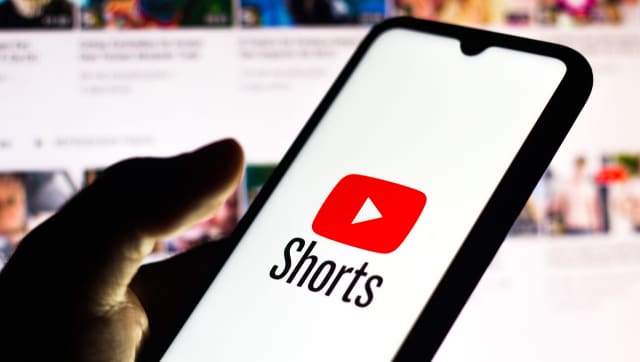YouTube will start sharing ad money with Shorts creators starting February 1- Technology News, Firstpost
Mehul Reuben DasJan 10, 2023 18:04:11 IST
Following a promise from September that the monetisation option was on the way, YouTube has revealed that artists may start earning ad money on Shorts as of February 1st. The modification is a part of a larger overhaul to YouTube’s Partner Program that will require all current participants to accept a few new conditions, whether or not they intend to make money using Shorts.
YouTube is trying to make monetisation on its platform a much more streamlined process, and will require all channels and account holders who want to monetise their content to agree to a new set of terms and conditions. Image Credit: AFP
Creators have been able to make some money from the format that rolled out in 2021 for a while via things like Super Chats and shopping integrations, as well as a creator fund that the company had set up, but that model wasn’t all that much better that TikTok’s monetisation scheme. What TikTok doesn’t do, though, is directly share ad revenue with creators — something that YouTube has been doing for years for traditional videos and that it’s now bringing to Shorts.
Shorts monetisation will not be imposed on creators, if they are not interested. However, every participant in the programme will be required to sign a basic agreement that specifies things like what you may publish on the website and how payment operates, according to YouTube, which is adopting a modular approach for the partner program’s conditions. Creators who are already YouTube Partners must agree to the new rules by July 10, 2023, or their ability to monetise with the platform will be disabled, and they will need to reapply for the programme.
There are also some additional agreements for the “Watch Page” and Shorts monetisation, which you can agree to separately. A portion of the money made from “advertising watched between videos in the Shorts Feed” will go to you under the terms of the Shorts agreement, which will be made public on February 1st. The other content, such as live streams and classic “long-form” videos on YouTube, YouTube Music, or YouTube Kids, is effectively covered by the Watch Page agreement.
There’s also an addendum for “commerce products” like memberships, Super Chats, Super Stickers, and Super Thanks, though the company says that you won’t have to re-agree to those terms if you’ve already turned the features on for your channel.
In the future, YouTube will be able to “add new revenue alternatives without having to update or change the whole monetisation agreement,” thanks to this modular approach. After signing up for them, the firm also claims that you may choose not to use particular monetisation modules, but I’m having trouble thinking of any reason why anybody would do so. It seems that doing so would arbitrarily restrict your monetisation possibilities.
For all the latest Technology News Click Here
For the latest news and updates, follow us on Google News.

